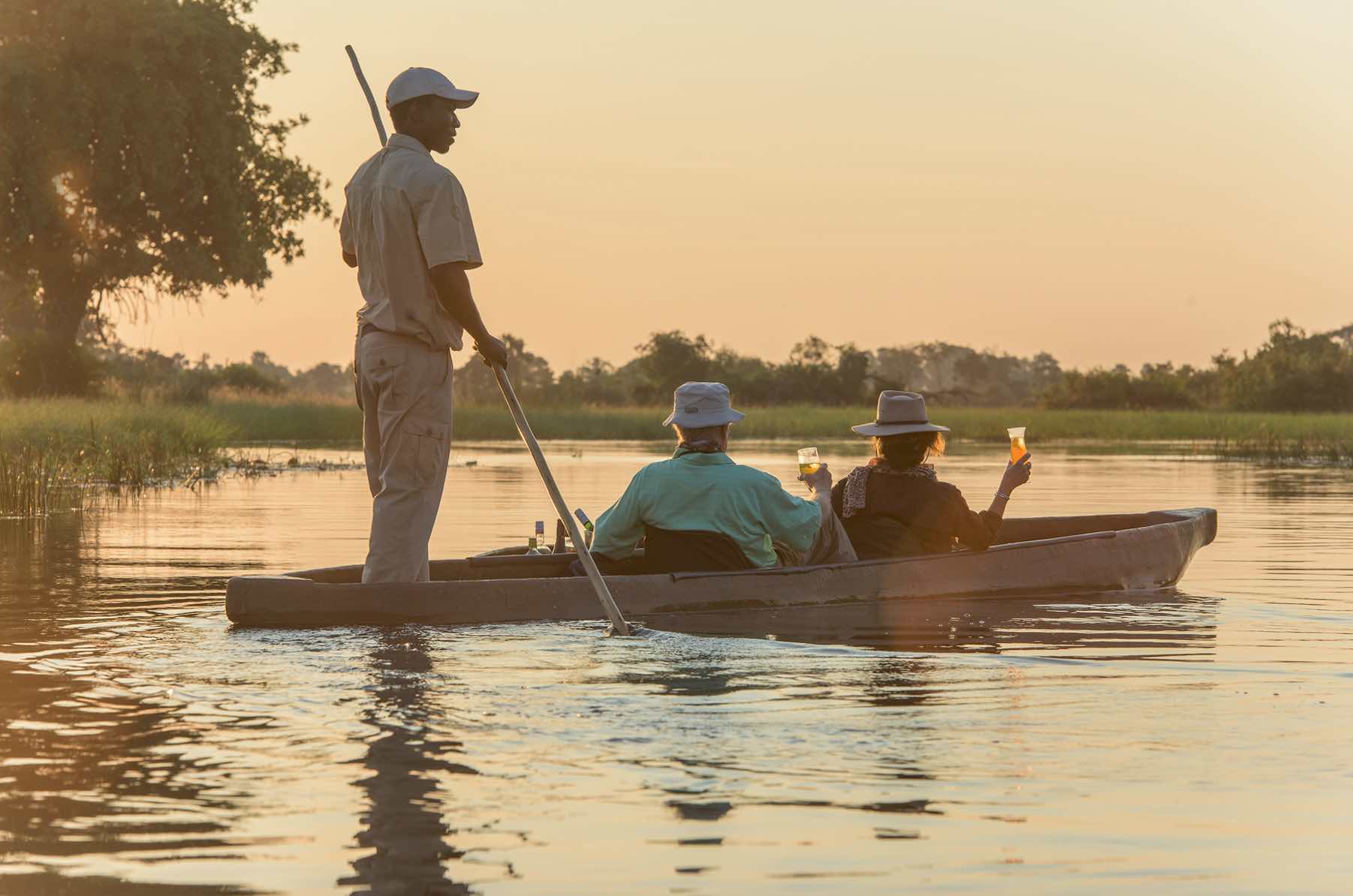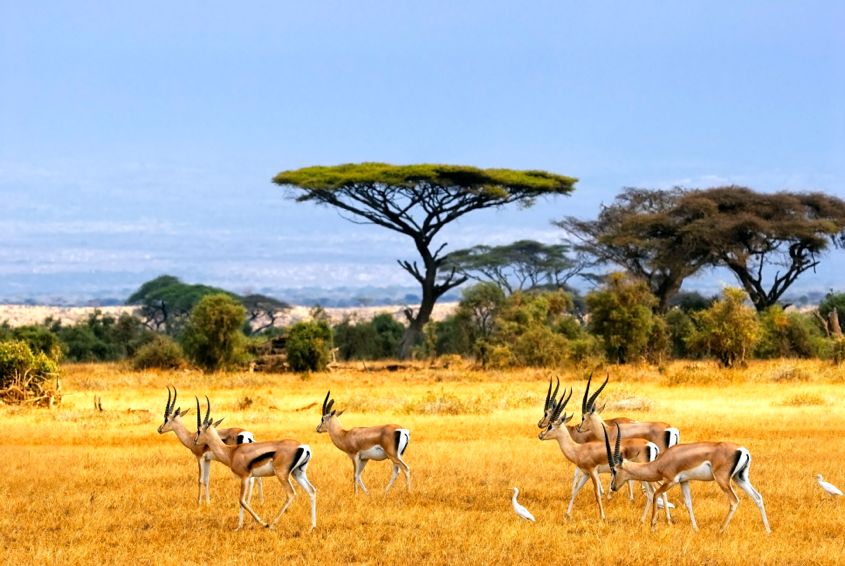If you’re looking to reserve your next adventure and you’ve chosen the spectacular African continent, Africa safaris will guarantee you a once-in-a-lifetime experience. When researching, you’ll soon learn that there are many options, and choosing the right trip may feel like a bit of a gamble. There are so many options to choose from, as Tanzania, Kenya, Botswana, and South Africa all offer amazing safari experiences. To help you, we have carefully curated the ultimate guide to organizing your next African adventure. Here’s what to expect when looking at what the African bush has to offer.
The Origin Story
Safaris originated from the trading industry. Back in 1836, Sir William Cornwallis Harris led an expedition in Africa intending to explore and analyze the wildlife and landscape. While on his journey, he established the safari style.
When taking part in a traditional safari, you will experience the African bush in a very particular way, thanks to Sir Harris. The day will start very early; you’ll walk the land during the day, followed by a mid-afternoon rest, dinner, and story-telling around the fire or a couple of drinks.
Safaris have fortunately evolved over the years and no longer represent the wealthy’s idea of a trendy and fashionable hunting holiday in the wild. Nowadays, these adventures are all about exploring and appreciating nature and the animals that roam free throughout the veld.
Geography and Climate
Africa is the second-largest continent and consists of two mountainous regions. The Atlas Mountains and the Ahaggar (Hoggar) Mountains take up the Northern part of the continent, while the plateaus the Ethiopian Plateau, the East African Plateau, and the Drakensberg range are significant natural landmarks for the rest of the continent.
Its location on the globe determines the continent’s climate and its distance from the coast. The African continent has eight climatic regions, including hot desert, semiarid, tropical wet and dry (savanna), equatorial, mountain regions, humid subtropical marine, warm temperate upland, and the Mediterranean.
Most of Africa is covered by the savanna climatic region, with over half of Africa’s total surface experiencing seasonality of rainfall associated with a savanna climate.
The southernmost and northernmost locations of the continent experience a Meditteranean climate where rain falls in winter through June and July (in Southern Africa) and December to January (for Northern Africa).
Where To Go on an African Safari
In Africa, you’ll be spoilt for choice when it comes to places to visit. The most popular safari spots are concentrated in the savanna, tropical, Mediterranean, and mountain climatic areas.
Each destination offers its individual experience with different animals and safari culture to explore.
Tanzania
Tanzania Safaris is a trendy spot for foreigners looking for their next African holiday. The Serengeti National Park is a prime location for watching the ‘Great Migration.’
Kenya
For all the natural beauty that will take your breath away, Kenya is precisely what you need. The Masai Mara National Reserve offers an alternative viewpoint for the Great Migration and is very popular with tourists. Whereas Ambeselli offers great views of Kilimanjaro and the elephants.
Botswana
Botswana brags some of the best wilderness spots in the world. The Chobe National Park is a great post for those interested in year-round wildlife and bird viewing.
South Africa
South Africa is home to the most popular national park in Africa. South Africa offers visitors the opportunity to view the big five and plenty of other animals and birds. The Kruger National Park is world-renowned and offers visitors a one-of-a-kind experience in the wild.
When to Go on an African Safari
With such a broad and diverse selection of places to visit, climate to experience, and wildlife to view, choosing the right time to go can be tricky. Other factors to keep in mind are the cost of international flights, budgets, and allocated time.
The safari season usually lasts from May to September, but you can plan your trip any time of year as long as you choose the correct location.
A good rule of thumb is to decide where you want to go and then look at when the best time to go will be. If you’re stuck with a particular time of year for your vacation, look into the best spots to visit. Thanks to the continent’s size, you’re always sure to find a location that will offer a great outdoors experience, no matter the time of year.
From July to August, you’d be better off looking at a gorilla trekking experience in Rwanda or a wildlife viewing in the Chobe National Park or Okavango Delta.
Safaris can take place on the water, on the land, or in the air and offer a unique experience and opportunity to witness the vast array of wildlife Africa offers. Some of the world’s most beautiful yet deadly animals inhabit this great continent. And let’s not forget the number of endangered species it’s home to, which if you happen to spot is a true and rare delight.
You’ve had plenty of time to dream up your ideal holiday in the last year. Now is the time to turn those dreams into plans and book your next adventure into the African bush, exploring all the wildlife it has to offer and the incredible culture that goes along with it.








